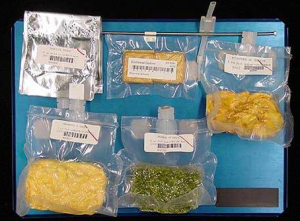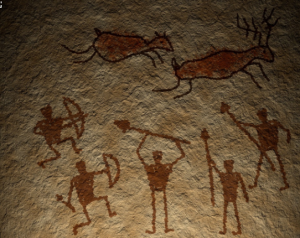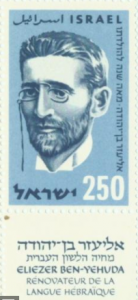I get it.
For a teacher, change can feel risky. The admin and the community (parents, teachers and students) have expectations, based on observations, murmurings, your bulletin board, an Open House presentation you gave a few years back…. You have a reputation to uphold. Plus, for years you have tweaked and streamlined and created ancillary materials to accompany the (pre-fab?) curriculum you currently use.
But it’s not really working. The kids aren’t interested or engaged, and their language skills, growth and retention are, ahem,…unremarkable.
By now, you’ve grown more familiar with the Second Language Acquisition research, which points to Comprehensible Input as the primary conduit for language gains. So it’s hard to fathom going back to your grammar-based textbook, or even a curriculum that claims to be new and different…  but when you delve further, it, too, is filled with conjugation charts, rules about masculine and feminine, singular and plural endings, and thematic vocabulary lists, like, “places in the house,” or, “weather expressions.”
but when you delve further, it, too, is filled with conjugation charts, rules about masculine and feminine, singular and plural endings, and thematic vocabulary lists, like, “places in the house,” or, “weather expressions.”
But we don’t communicate in lists.
We can’t go back. We can’t teach letters/sounds with nonsense words, and we can’t continue to teach sets of related nouns, hoping that our kids’ brains will magically fill in the rest of the sentence. And we can’t slice ‘n dice the language into rules and exceptions, tenses and endings, hoping that our kids will reconstitute it like some kind of powdered astronaut food. We need to scaffold the language, flesh it out, and communicate naturally, at the discourse level. No substitution drills. No scripted dialogues.
We need to scaffold the language, flesh it out, and communicate naturally, at the discourse level. No substitution drills. No scripted dialogues.
We need to provide TONS of comprehensible input so that our students’ brains can unconsciously and deductively uncover its patterns. If we’re new to this, we need strategies and guidelines for how to make the target language comprehensible, compelling and contextualized.
We need a roadmap.
What might a Comprehensible Input-based curriculum look like, considering that we are trying to build language based on student interest and ideas, to keep it compelling? How can we create a flexible course-long sequence to follow (or cherry pick), while laying-in a foundation of the highest-frequency language? Sounds like a tall order for a teacher who is also trying to change her practices, and learn new teaching strategies herself….
There is a way. It’s older than cave-painting, yet it constitutes the latest research-aligned approach:
Stories.
We can create collections of compelling mini stories,+- 10- line fanciful tales or scenes, employing a smattering of the most foundational vocabulary combined with cognates and proper names/places. These could be used to teach our youngest readers, or serve as independent reading for any age group;
We can author interest-based scenes, episodes or chapters for story collections, each with its own parallel readings (different versions), literacy extensions and activities;
We can write (or translate existing) inviting leveled chapter books or novels, geared to the unique needs of Hebrew language learners, controlling vocabulary and syntax to ensure reader ease, pleasure and success;
All these readings, great and small, provide teachers with curricular content – the students and stories are the curriculum – from which to plan her classes. Once she internalizes the new T/CI strategies by practicing with these written collections, she may choose to then abandon the pre-written stories, and collaborate instead with her own students on mini-stories and scenes, episodes and extended stories, or a class-spun novel (it’s been done in other World Language classrooms!)  But until then, she’ll feel sustained, supported, and balanced by the training wheels of a story-based written curriculum.
But until then, she’ll feel sustained, supported, and balanced by the training wheels of a story-based written curriculum.
I plan to begin writing such a curriculum.
Students and stories. Students’ interests and ideas, magically spun to create customized group stories. Stories, creating an imaginative and magical context for foundational language.
Students, stories, inventiveness and communication. Rules, verb endings, tenses, and lists.
Let’s call it: No contest.

 What’s the story of Modern Hebrew – how was it revived, and how’d it come to be a modern national language less than a century ago?
What’s the story of Modern Hebrew – how was it revived, and how’d it come to be a modern national language less than a century ago?